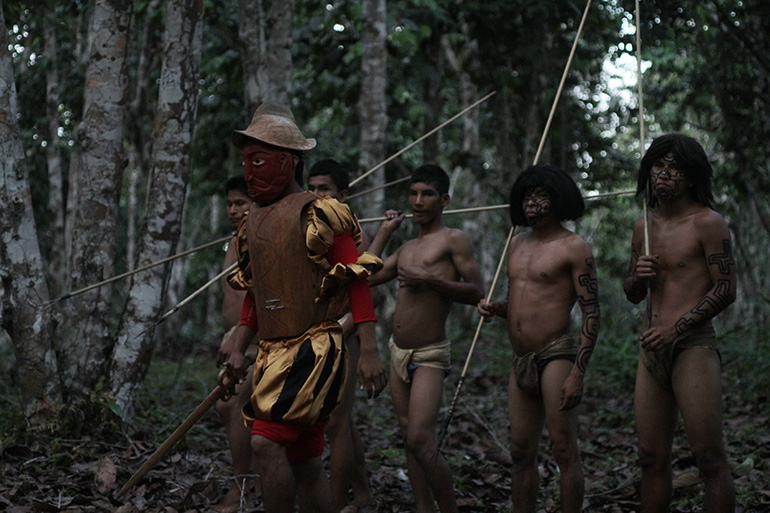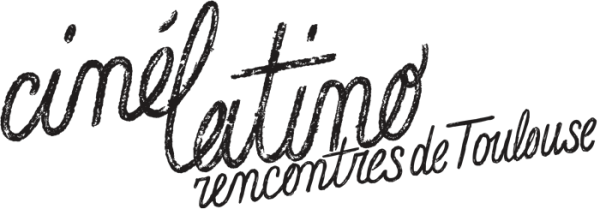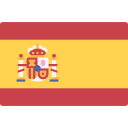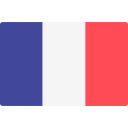- Direction
- Marco Bentz, Brigitte Bousquet
- Country
- France
- Format
- Feature film
- Type
- Fiction
- Original title
- Los muertos no quieren nadar
Marco Bentz
Filmography
En Co-Production
Les morts ne veulent pas nager, 2012–2014 (feature documentary), 6 cortos medio ambiente, 2011 (short-film documentary), Les vedettes tambours, 2010 (short-film), Le réveil de l’ogre, 2009 (short-film), Karibou, 2008 (short-film).
Marco Bentz
Pratique de la mutation, 2012 (Direction and DOP – short-film documentary), Le routier, 2008 (short-film documentary), La souplesse de l’abandon, 2007 (short-film experimental). Selections in European Media Art Festival of Osnabrueck 2008, Le cheval noir, 2006 (short-film), A ghost is born, 2005 (short-film), Urban Ik, 2005 (Co-réalisation – short-film), L’Ode, 2005 (short-film), Le jour de l’année, 2005 (short-film), Mon Zyglom à Moi, 2004 (short-film), Low battery, 2002 (short-film), Le procès, 2002 (short-film). Selection at the Instants Vidéo of Marseille, France.
Brigitte Bousquet
La tête à l’envers, 2008 (short-film), Kaban’Opera, 2007 (short-film), Correspondance, 2007 (Director and DOP – short-film). Selection in the 25th Festival Tous Courts of Aix-en-Provence, Ferdinand Déserteur, 2006 (short-film), Château Vino, 2005 (short-film), Chérie, 2005 (short-film), Dévotion, 2004/2009 (short-film).
Note of intent
Our approach to the documentary emphasizes the connection, physical and human closeness with the characters, an approach that requires both sides coming to terms with each other, as well as a lot of time, patience and sincerity. Filmed in large part with a 35 mm lens, and shot as often as possible in sequence in order to anchor the documentary in the present time, the viewer is allowed to absorb the scenes without voyeurism, without stolen pictures. In a few sentences a voiceover conveys the intimacy of our experience, a few pages of a travel book, a singular point of view.
Synopsis
In the Peruvian Amazon, while small groups are formed to deal with abuse by the state and the introduction of money in their lives, others do nothing and others know nothing. Through the portrayal of several characters and a poetic fiction which suggests both the history and myths of the region, the documentary questions the Amazonian reality, exposes the day to day consequences of the global economy and wonders about the place of humanity in a world without God. At the mercy of the slow journey up the river, the characters and facts we encounter illustrate the reality of this complex web, where we confront boundaries of culture, environment and spirituality. The film develops on a human scale, with “Indians” without feathers or make-up, westerners more or less lost and ordinary poverty. The narrative weaves through interviews and observation that mix staging and contemplative digressions, but also by the tenuous presence of a witness to the journey. A short fiction, inspired by the form of Noh theater, shows both mythologies, history and dreams. Through its poetry, it proposes other perspectives, other possibilities. Roles, randomly distributed through the encounters, are an excuse to play around with reality and illusion, a limit that does not exist in this shamanic culture.
Visual concept
The writing works hand in hand with the photography, alternating static shots and hand-held camera, complementary rhythms that accompany actions and contemplations. Shot on DSLR with Leica fixed lenses, the film is in the vein of “Cinema Direct”, inspired by Michel Brault, Chris Marker and Raymond Depardon. A photography always at the service of the narrative.

- Objectives sought in Films in Development
Find a co-producer for the financing of the post production and the diffusion.
- Shooting planned date
March to September 2013 and February to June 2014.
- Planned shooting location
Region Loreto (Peru).
- Project's development phase
Post production: editing.
- Production
- Ocho Equis Film

























